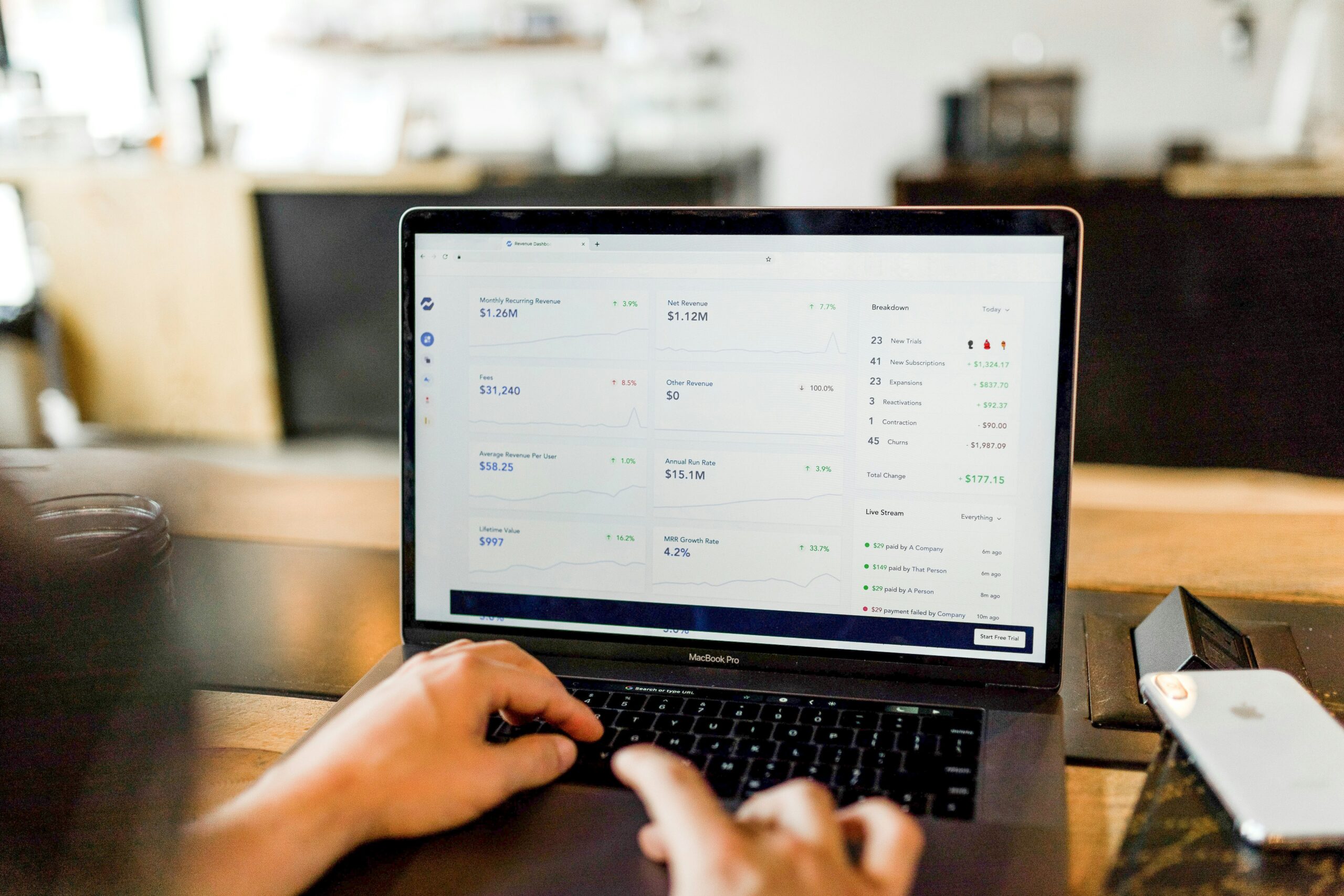
Market volatility is one of the most talked-about concepts in the financial world. It represents the rapid and often unpredictable price swings in the stock market and other asset classes. While volatility may appear intimidating to many investors, it is not inherently harmful; rather, it is a natural part of the market. Instead, it provides opportunities and challenges that significantly shape how investors approach their investment strategies. Understanding the relationship between volatility and investment decisions is crucial for anyone seeking to grow and protect their wealth over the long term.
Understanding Market Volatility
Volatility refers to the degree of variation in the price of a financial instrument over time. Investors often associate it with uncertainty and risk, as unpredictable markets can significantly impact portfolios. However, volatility is a natural feature of financial markets, influenced by factors such as economic indicators, geopolitical events, corporate earnings, and investor sentiment. Because of this, recognizing what drives volatility allows investors to anticipate potential outcomes and prepare accordingly.
Moreover, volatility is not always harmful. In fact, short-term fluctuations often open doors for profit when handled carefully. For example, active traders may benefit from buying during dips and selling during spikes. Meanwhile, long-term investors can capitalize on market swings to acquire quality assets at discounted prices. Therefore, while volatility creates uncertainty, it also shapes opportunities for disciplined investors.
Adjusting Risk Management Approaches
When markets become volatile, risk management becomes a top priority. Investors often revisit their portfolios to ensure they are not overexposed to high-risk assets. This means diversifying investment Strategies across various asset classes, including stocks, bonds, real estate, and commodities. By spreading risk, they reduce the impact of a single market downturn on their overall wealth. Additionally, techniques like setting stop-loss orders or reallocating to safer assets can help limit potential losses.
Additionally, volatility prompts investors to reassess their risk tolerance. Some may realize they prefer safer investments after experiencing sudden market downturns, while others may discover they can stomach more fluctuation than expected. This self-awareness often leads to more customized strategies that align with both financial goals and emotional comfort. Consequently, market turbulence forces investors to refine their approach to balancing risks and rewards.
Emphasizing Long-Term Perspectives
Despite short-term volatility, maintaining a long-term perspective often proves effective. History shows that markets recover from downturns over time, and patient investors typically benefit from holding quality assets during periods of turbulence. For example, those who stayed invested during the 2008 financial crisis or the early 2020 pandemic crash eventually saw strong rebounds in the years that followed. This underscores the importance of resisting panic-driven decisions.
At the same time, long-term thinking allows investors to focus on fundamental strengths rather than short-term price movements. Companies with solid earnings, sustainable business models, and healthy cash flows often weather storms better than speculative ventures. Therefore, investors who prioritize long-term fundamentals tend to build resilient portfolios that can withstand volatility.
Adapting Active and Passive Strategies
Volatility also influences whether investors lean toward active or passive strategies. Active investors may see turbulent markets as an opportunity to capitalize on price swings by buying undervalued stocks and selling overvalued ones. They rely on research, timing, and quick decisions to generate returns. However, this approach requires constant attention and carries higher risks if trades fail to go as planned.
Conversely, passive investors often benefit from simply riding out volatility through index funds or exchange-traded funds (ETFs). By holding a broad market portfolio, they avoid the stress of frequent trading while still capturing long-term growth. In fact, passive strategies often outperform active ones during prolonged periods of uncertainty, mainly because they minimize costs and emotional decision-making. Consequently, volatility highlights the pros and cons of both approaches, prompting investors to choose the style that best matches their goals.
Taking Advantage of Dollar-Cost Averaging
Dollar-cost averaging (DCA) becomes particularly valuable during periods of market volatility. With this strategy, investors commit to investing a fixed amount at regular intervals, regardless of market conditions. When prices fall, their contributions allow them to buy more shares, and when prices rise, they buy fewer shares. Over time, this method smooths out the effects of volatility and lowers the average cost per share.
Furthermore, DCA helps investors avoid the common pitfall of trying to “time the market,” which even professionals struggle to do consistently. Instead, it encourages discipline and removes emotional bias from investment strategy decisions. By sticking to a routine, investors can gradually build wealth while reducing the stress associated with constant market fluctuations. Thus, DCA stands as a practical way to turn volatility into a manageable advantage.
Market volatility is an unavoidable reality, but it does not have to be feared. Instead, investors can use it as a catalyst to strengthen their strategies. By adjusting risk management, maintaining a long-term outlook, balancing active and passive methods, and embracing tools like dollar-cost averaging, they can navigate uncertainty with confidence. Ultimately, volatility serves as a reminder to investors of the importance of discipline, adaptability, and patience in building lasting wealth.